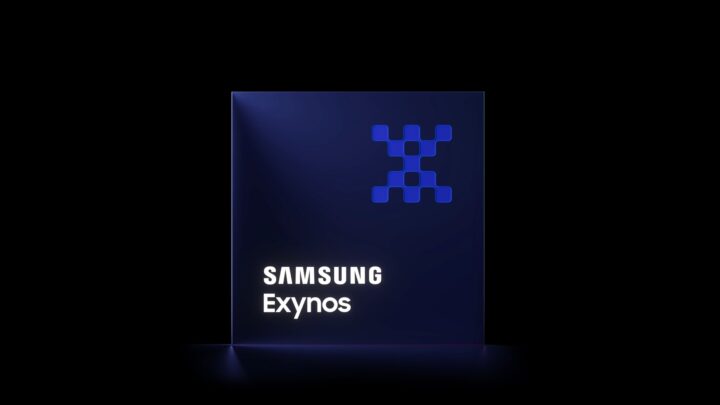Looks like they fixed most of the issues they had with Exynos 2200 / Xclipse 920 (RDNA 2) on performance front with 2400 / Xclipse 940 (RDNA 3)
In initial tests CPU side is slightly behind Snapdragon 8 Gen 3 especially in nT content, but GPU is a match or even surpassing the latest Adreno.
In Geekbench GPU Xclipse has slight lead, 3DMark Solar Bay (with RT) shows Xclipse in slight lead with better result stability in long test runs and clearly better worst result. Older 3DMark Wild Life Extreme has Adreno in sight lead but Xclipses have better stability and near match worst score.
In actual games Genshin Impact, PUBG Mobile, Mobile Legends and Fortnite their performance is pretty much equal. In CoD: Mobile Adreno beats Xclipse silly, but Xclipse was capped at 60 FPS for unknown reason while Adreno was capped at 120 FPS. In RT supporting War Thunder Xclipse holds 100 FPS while Adreno throttles down to 40'ish FPS.

 www.gsmarena.com
www.gsmarena.com

 www.gsmarena.com
www.gsmarena.com
In initial tests CPU side is slightly behind Snapdragon 8 Gen 3 especially in nT content, but GPU is a match or even surpassing the latest Adreno.
In Geekbench GPU Xclipse has slight lead, 3DMark Solar Bay (with RT) shows Xclipse in slight lead with better result stability in long test runs and clearly better worst result. Older 3DMark Wild Life Extreme has Adreno in sight lead but Xclipses have better stability and near match worst score.
In actual games Genshin Impact, PUBG Mobile, Mobile Legends and Fortnite their performance is pretty much equal. In CoD: Mobile Adreno beats Xclipse silly, but Xclipse was capped at 60 FPS for unknown reason while Adreno was capped at 120 FPS. In RT supporting War Thunder Xclipse holds 100 FPS while Adreno throttles down to 40'ish FPS.

Galaxy S24 series' early benchmarks show Exynos 2400 matches Snapdragon 8 Gen 3
Samsung’s latest flagship chipset edged out the Snapdragon 8 Gen 3 in Geekbench and 3D Mark Solar Bay GPU tests. With all the excitement following the...

Exynos 2400 can keep up with the Snapdragon 8 Gen 3 in real games
You'd be surprised by the results. Even though the Exynos 2400 drags behind the Snapdragon 8 Gen 3 in synthetic benchmark tests, even by just a little, the...


